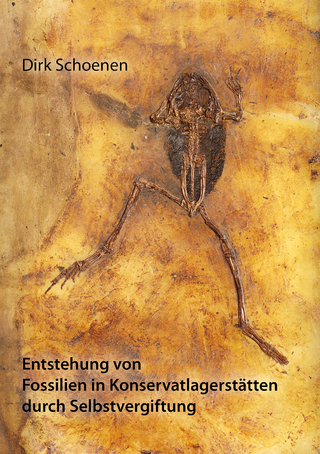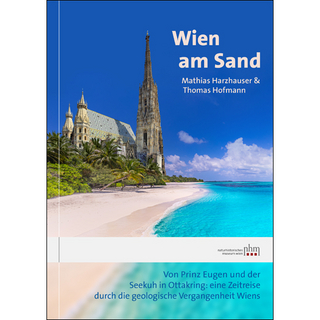
Symmetry Relationships between Crystal Structures
Oxford University Press (Verlag)
978-0-19-285832-0 (ISBN)
In crystal chemistry and crystal physics, the relations between the symmetry groups (space groups) of crystalline solids are of particular importance. Part I of this book presents the necessary mathematical foundations and tools: the fundamentals of crystallography with special emphasis on symmetry, the theory of the crystallographic groups, and the formalisms of the needed crystallographic computations. Part II gives an insight into applications to problems in crystal chemistry. With the aid of numerous examples, it is shown how crystallographic group theory can be used to make evident the relationships between crystal structures, to set up a systematic order in the huge amount of known crystal structures, to predict crystal structures, to analyse phase transitions and topotactic chemical reactions in the solid state, to understand the formation of domains and twins in crystals, and to avoid errors in crystal structure determinations. Part III delves further into some specific topics, namely the isomorphic subgroups of space groups, the theory of phase transitions, and computer programs dedicated to crystallographic group theory. In this new edition, several topics have been extended to cover the latest scientific findings, a new chapter has been added dealing with pertinent computer programs, and references have been updated.
Ulrich Müller studied chemistry at Technische Hochschule in Stuttgart, Germany from 1959 to 1966 and gained a PhD in Inorganic Chemistry. He worked as a Scientific assistant at Universität Karlsruhe, Germany, with H. Bärnighausen from 1967 to 1970 and was a Professor of Inorganic Chemistry at Universität Marburg, Germany, from 1972 to 1992 and 2000 to 2005. He was a Professor of Inorganic Chemistry at Universität Kassel, Germany, from 1992 to 2000, and a visiting Professor at Universidad de Costa Rica, 1975 to 1977. He retired in 2005. Gemma de la Flor studied physics at the University of the Basque Country, Spain from 2004 to 2009 and gained a PhD in Physics at the University of the Basque Country in 2014. She was a post-doc and a lecturer at the University of the Basque Country from 2014 to 2016. She held a post-doc position at Universität Hamburg, Germany, with Professor Boriana Mihailova from 2016 to 2018. Since 2019 she has been a research associate in the petrophysics department at the Karlsruher Institut für Technologie, Germany.
1: Introduction
Part I - Crystallographic Foundations
2: Basics of crystallography, part 1
3: Mappings
4: Basics of crystallography, part 2
5: Group theory
6: Basics of crystallography, part 3
7: Subgroups and supergroups of point and space groups
8: Conjugate subgroups and normalizers of space groups
9: Equivalent descriptions of crystal structures and chirality
Part II - Symmetry Relations between Space Groups as a Tool to Disclose Connections between Crystal Structures
10: How to handle space groups
11: The group-theoretical presentation of crystal-chemical relationships
12: Symmetry relations between related crystal structures
13: Pitfalls when setting up group-subgroup relations
14: Derivation of crystal structures from closest packings of spheres
15: Crystal structures of molecular compounds
16: Symmetry relations at phase transitions
17: Topotactic reactions
18: Group-subgroup relations as an aid for structure determination
19: Prediction of possible structure types
20: Historical remarks
Part III - Widening Excurses to Special Topics
21: Isomorphic subgroups
22: On the theory of phase transitions
23: Symmetry species
24: The Bilbao Crystallographic Server
Appendices
| Erscheinungsdatum | 28.01.2025 |
|---|---|
| Reihe/Serie | International Union of Crystallography Texts on Crystallography ; 24 |
| Zusatzinfo | 189 illustrations |
| Verlagsort | Oxford |
| Sprache | englisch |
| Maße | 194 x 252 mm |
| Gewicht | 1010 g |
| Themenwelt | Naturwissenschaften ► Geowissenschaften ► Mineralogie / Paläontologie |
| Naturwissenschaften ► Physik / Astronomie ► Angewandte Physik | |
| Naturwissenschaften ► Physik / Astronomie ► Festkörperphysik | |
| ISBN-10 | 0-19-285832-7 / 0192858327 |
| ISBN-13 | 978-0-19-285832-0 / 9780192858320 |
| Zustand | Neuware |
| Informationen gemäß Produktsicherheitsverordnung (GPSR) | |
| Haben Sie eine Frage zum Produkt? |
aus dem Bereich


